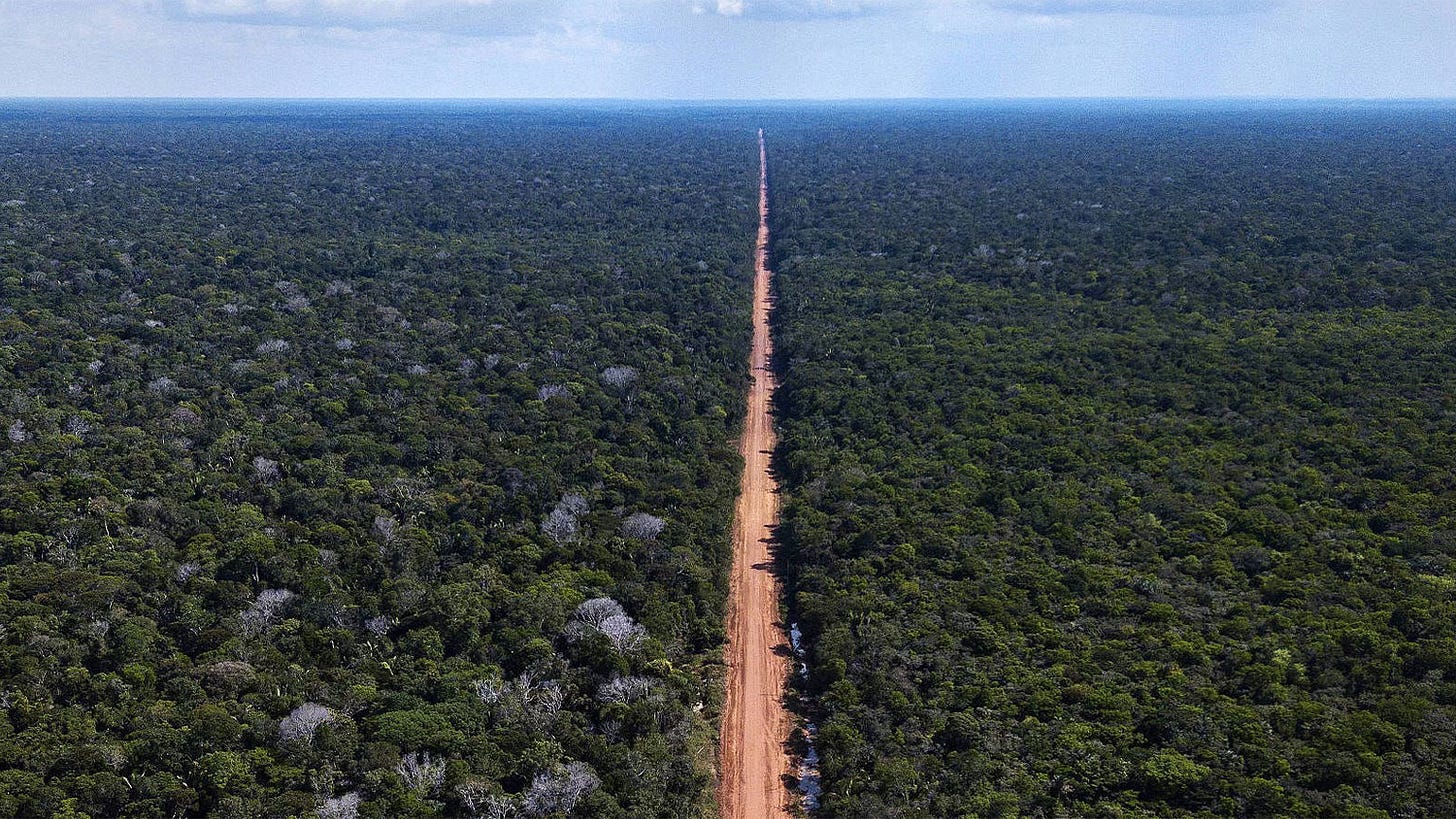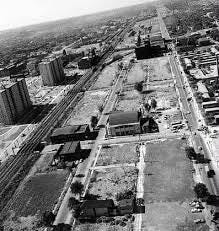Midway upon the journey of our life
I found myself within a forest dark,For the straightforward pathway had been lost.
(Dante – The Divine Comedy)
Two roads diverged in a wood, and I—
I took the one less traveled by,
And that has made all the difference.
(Robert Frost – The Road Not Taken)
Dante and Robert Frost both found themselves in woods, Dante lost with no way forward, and Frost with a choice to make as his path forked. In both cases routes, and the absence of routes, signify aspects of human meaning making figuring life as a journey along actual or hoped for routes. They reveal the central role of routes and routing in the way we make sense of space and time. It is revealing that some of the root words for wilderness and wastelands suggest, not so much the lack of settlements, but the lack of routes or paths. The Latin word “avium” refers to a place without paths while the Old English wēglæst refers to a “way-less place”.[i] The wilderness, the wastes, confront the traveler with a lack of routes. As such, it is unintelligible space. The first thing that is needed to make sense of the wild, or colonize nature, is a way, a path, a route. If we “lose our way”, we may find ourselves in “a forest dark”. Before space can be settled and before land can be cultivated, a way through must be hacked. This suggests that the way territory is claimed is not by marking its boundaries at the outset – but by creating a network of routes that help the space to make sense.
Routes and routing are foundational to the power-laden process of human dwelling. The significance of routes and routing to both dwelling and power are also reflected in the etymology of the word “route”. In old French “rute” meant road or way or path which was itself based on the Latin “rupta” the feminine past participle of “rumpere” – “to break”. Rupta was used to describe a road opened by force – by breaking through a forest or wilderness for instance. It is linked to the word “rupture” suggesting a particular kind of violence. We can think of the images of new roads cutting through Amazonian forest (opening the potential for traffic in dangerous new viruses along with valuable resources). We can think of the way American politicians and planners drove highways through predominantly Black areas of cities from the 1950s onwards. Routes both create potential for connection and simultaneously produce new kinds of barriers and disconnect.
Routes and routing sift people who are arranged along kinetic hierarchies. There are two different kinds of routes as nouns. One kind of route is simply a designation for links between points that might be represented by lines on maps. The other is a specific material thing – a structure such as Route 66 or the trans-continental railroad. A route can be both a representation of mobility and an infrastructure that enables mobility. Route is also a verb. Routing can refer to the simple process of connecting two points. To route something is to direct something along a particular course or towards a particular point. We can think, for instance, of the work done by a “router” that enables connection of our devices to the world wide web. The verb routing suggests an act of channeling – of slotting a person, thing or information into an established way – the correct way. It suggests a certain kind of power and authority.
To return to the significance of routes and routing in poetry we can look to poetry in a more experimental mode. In The Sundering U.P. Tracks, the final part of American poet Edward Dorn’s The North Atlantic Turbine (1967), the route in question is the Union Pacific Railroad as it passes through the town of Pocatello, Idaho. The poem starts with the narrator feeling sorry for himself that Leroy McLucus has visited town and not asked to stay with him. Leroy McLucus was a noted Black photographer, the narrator was White. McLucus had:
[....] taken rooms
with the Reverend Buchanan
over in that part of town owned
by Bistline, the famous exploiter.[ii]
The poem quickly switches from the feeling of hurt to an explanation both of how McLucus got to Pocatello, and why he might have chosen to stay on the other side of town, a part of town, we might infer, on the “wrong side of the tracks”.
Every little bogus town
on the Union Pacific bears the scar
of an expert linear division.
The U.P. connects each of these “little bogus town[s]” while, at the same time, it divided the. The U.P. is indeed “sundering” – a word that means dividing. The poem cleverly plays on the traditional sense of the railroad as a uniting force – a route that represents manifest destiny and the binding of the United States into a coherent whole – with the sense of the railroad as this sundering force – this “expert linear division” – that creates the possibility of the “wrong side of the tracks”. The “Right of Way” here, as with the Dan Ryan Expressway on Chicago’s Southside or any number of other rupturing routes in American cities, is as much a border as a space of flow.
Each side of the shining double knife
from Chicago to Frisco
to Denver, the Cheyenne cutoff
the Right of Way they called it
and still it runs that way
right through the heart
Dorn refers to the work of the route as “rapacious geo-economic/surgery of Harriman”. E.H. Harriman was a financier and railroad tycoon, President of the Union Pacific Railroad as well as the Southern Pacific Railroad. The final words of the poem return to the racial divides that surround the U.P.
You talk of color?
Oh cosmological America, how well
and with what geometry
you teach your citizens.
The Sundering U.P. Tracks uses the route of the Union Pacific to invert the conventional narrative of a route that binds the nation. Instead, it is a “shining double knife” and an example of “expert linear division”. While railroads and other routes were frequently tied to nationalistic discourses of unity which utilized the capacity of routes to connect, they were also material impositions on landscapes that served to divide communities in two as well as sites of intense land speculation that led to little bogus towns. If they were instances of geometry that taught citizens, then they were also instrumental in the construction of kinetic hierarchies. They separated as much as they connected.
[i] I am grateful to Any Jeffs’ novel Wild for alerting me to these terms.
[ii] Edward Dorn, "The Sundering U.P. Tracks," in Way More West: New and Selected Poems, ed. Edward Dorn (New York: Penguin, 2007 [1967]), 88.






Thanks Tim for this deeper exploration into the vocabulary of routes. The idea of the root in rupture is fascinating: watching a new bypass finally getting permission in the south Lake District and watching it carve through familiar land, it changed the place I knew so radically. A rupture of memory, then, for I cannot can recall the sense of the place before the new route.